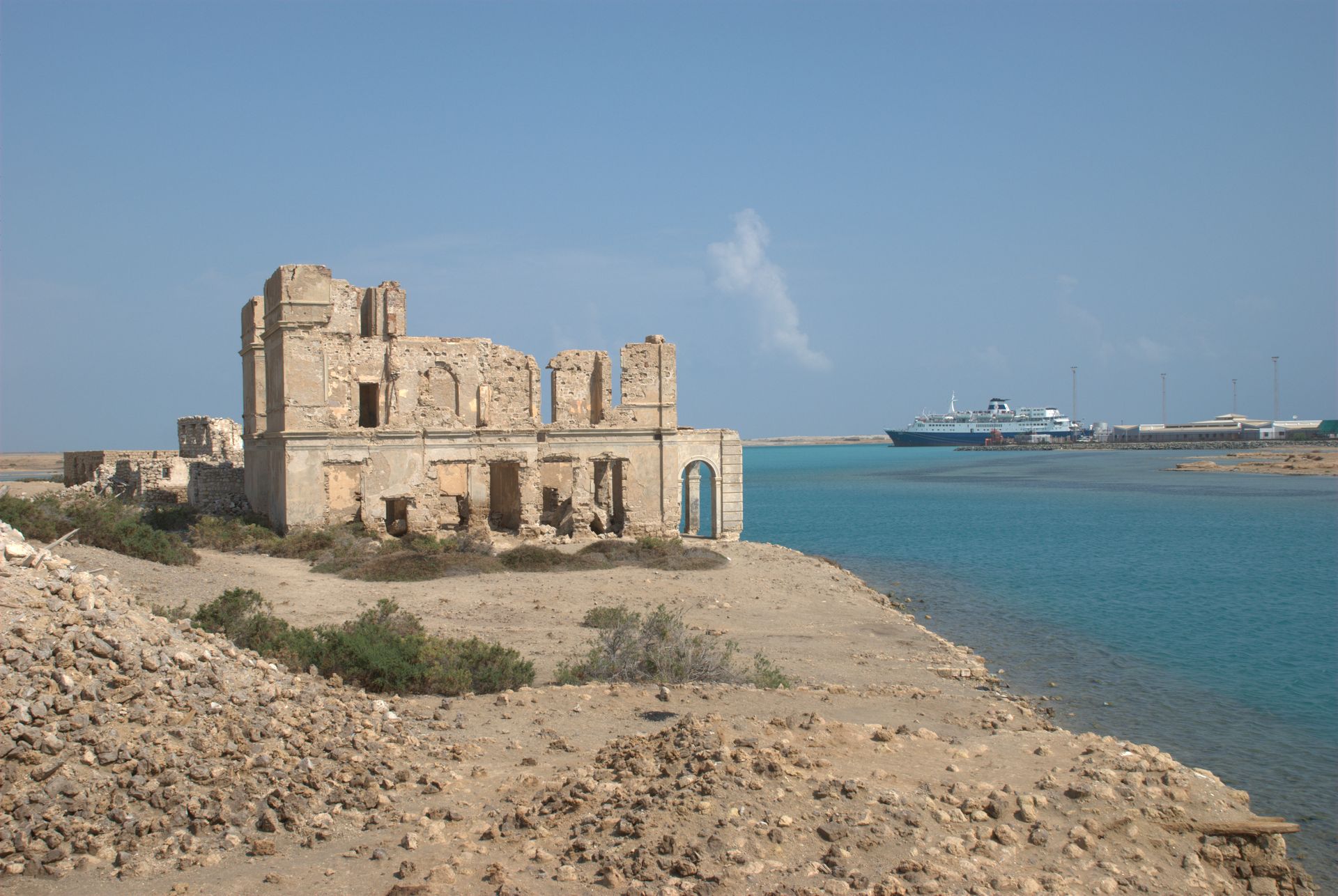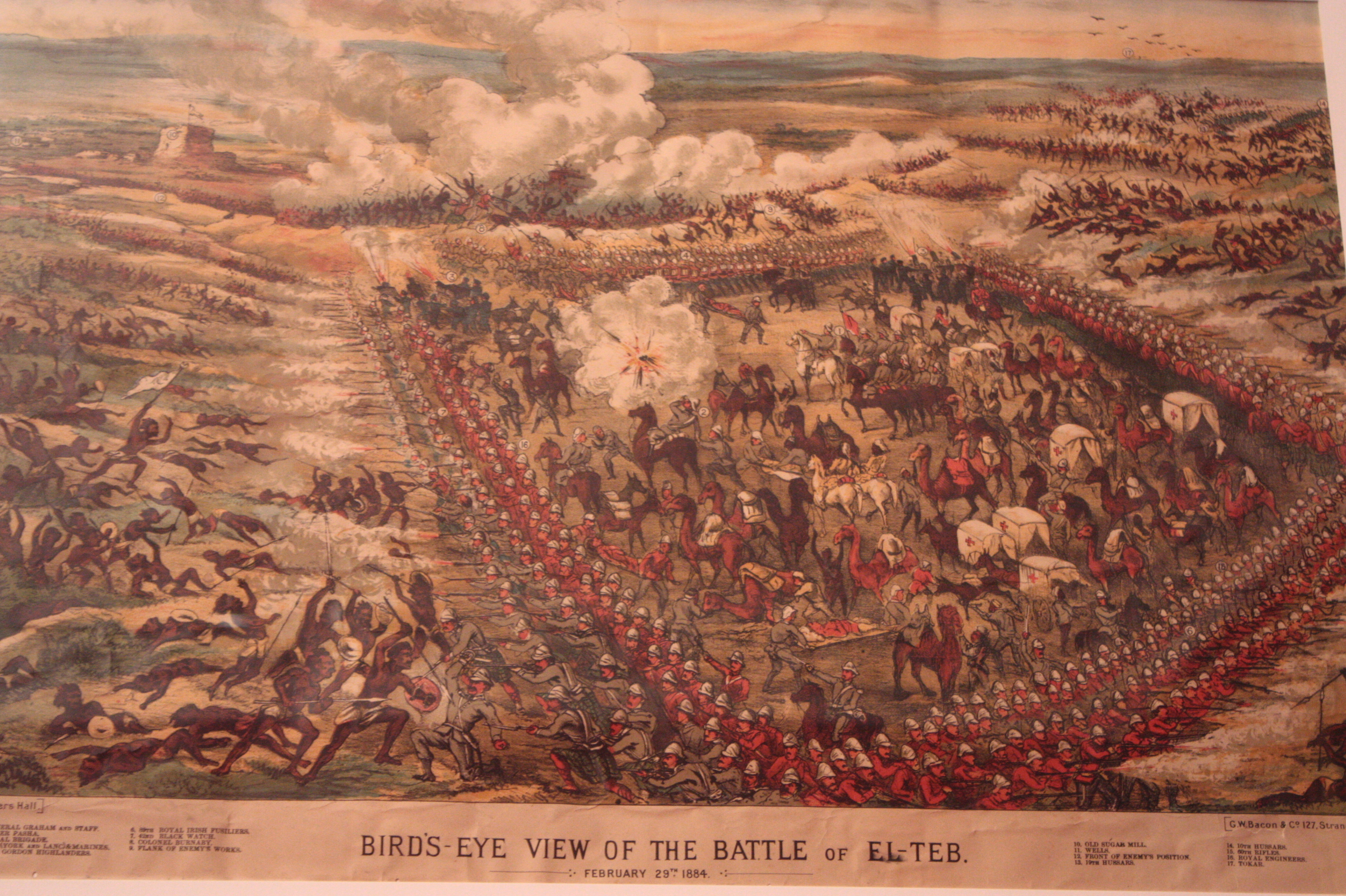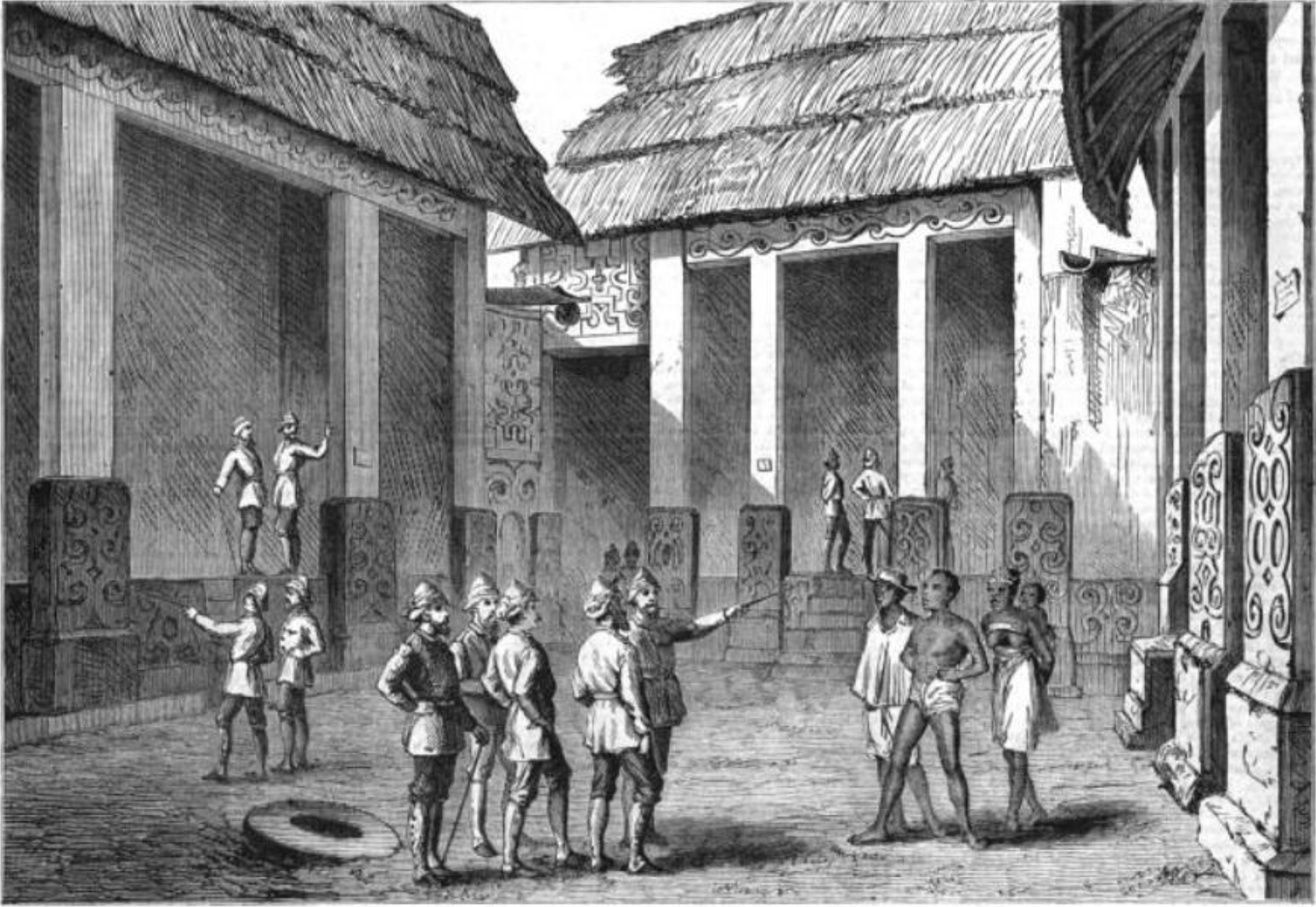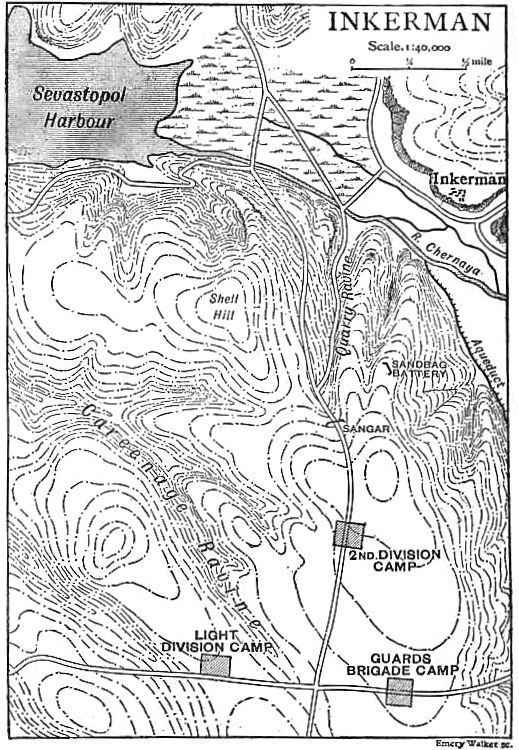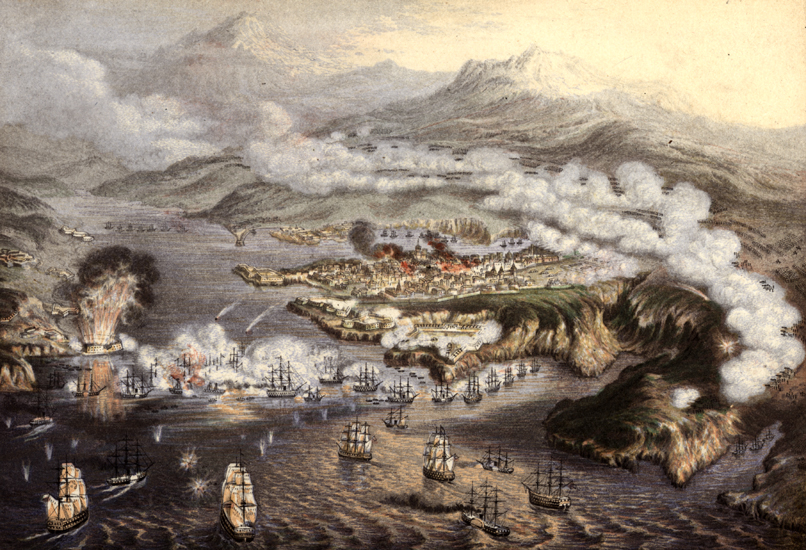|
William Nathan Wrighte Hewett
Vice admiral (Royal Navy), Vice-Admiral Sir William Nathan Wrighte Hewett, (12 August 1834 – 13 May 1888) was a Royal Navy officer and a recipient of the Victoria Cross, the highest award for gallantry in the face of the enemy that can be awarded to British and Commonwealth of Nations, Commonwealth forces. The Hewett Treaty is named after him. Early life and Crimean War Hewett was born at Brighton on 12 August 1834 to William Hewett, physician to William IV of the United Kingdom, King William IV. He entered the Royal Navy in 1847, and served as a midshipman in the Second Anglo-Burmese War. In 1854, while acting mate of , he was attached to the Naval Brigade during the Siege of Sevastopol (1854–1855), Siege of Sevastopol during the Crimean War. Hewett was in charge of the Right Lancaster Battery at Sevastopol on 26 October 1854. The battery was being threatened by the enemy and, through a misunderstanding, he was ordered to spike his gun and retreat. Disregarding the order, ... [...More Info...] [...Related Items...] OR: [Wikipedia] [Google] [Baidu] |
Brighton
Brighton () is a seaside resort and one of the two main areas of the City of Brighton and Hove in the county of East Sussex, England. It is located south of London. Archaeological evidence of settlement in the area dates back to the Bronze Age, Roman and Anglo-Saxon periods. The ancient settlement of "Brighthelmstone" was documented in the ''Domesday Book'' (1086). The town's importance grew in the Middle Ages as the Old Town developed, but it languished in the early modern period, affected by foreign attacks, storms, a suffering economy and a declining population. Brighton began to attract more visitors following improved road transport to London and becoming a boarding point for boats travelling to France. The town also developed in popularity as a health resort for sea bathing as a purported cure for illnesses. In the Georgian era, Brighton developed as a highly fashionable seaside resort, encouraged by the patronage of the Prince Regent, later King George IV, who spent ... [...More Info...] [...Related Items...] OR: [Wikipedia] [Google] [Baidu] |
Order Of The Medjidie
Order of the Medjidie ( ota, نشانِ مجیدی, August 29, 1852 – 1922) is a military and civilian order of the Ottoman Empire. The Order was instituted in 1851 by Sultan Abdulmejid I. History Instituted in 1851, the Order was awarded in five classes, with the First Class being the highest. The Order was issued in considerable numbers by Sultan Abdülmecid as a reward for distinguished service to members of the British Army and the Royal Navy and the French Army who came to the aid of the Ottoman Empire during the Crimean War against Russia and to British recipients for later service in Egypt and/or the Sudan. In Britain it was worn after any British gallantry and campaign medals awarded, but, as an Order, before foreign medals like the Turkish Crimean War medal. The Order was usually conferred on officers but a few enlisted soldiers and sailors also received it in a lower class. During World War I it was also awarded to a number of German, Austrian and Bulgarian officers. T ... [...More Info...] [...Related Items...] OR: [Wikipedia] [Google] [Baidu] |
Valentine Baker
Valentine Baker (also known as Baker Pasha) (1 April 1827 – 17 November 1887), was a British soldier, and a younger brother of Sir Samuel Baker. Biography Baker was educated in Gloucester and in Ceylon, and in 1848 entered the Ceylon Rifles as an ensign. He soon transferred to the 12th Lancers, and saw active service with that regiment in the 8th Cape Frontier War of 1852–1853. In the Crimean War, Baker was present at the Battle of Chernaya River and at the fall of Sevastopol, and in 1859 he became major in the 10th Hussars, succeeding only a year later to the command. This position he held for 13 years, during which period the highest efficiency of his men was reached, and outside the regiment he did good service to his arm by his writings. He went through the wars of 1866 and 1870 as a spectator with the German armies, and in 1873 he started upon a famous journey through Khorasan with his friend Fred Burnaby. Although he was unable to reach the Khanate of Khiva the res ... [...More Info...] [...Related Items...] OR: [Wikipedia] [Google] [Baidu] |
Suakin
Suakin or Sawakin ( ar, سواكن, Sawákin, Beja: ''Oosook'') is a port city in northeastern Sudan, on the west coast of the Red Sea. It was formerly the region's chief port, but is now secondary to Port Sudan, about north. Suakin used to be considered the height of medieval luxury on the Red Sea, but the old city built of coral is now in ruins. In 1983, the adjacent historic mainland town, known as the Geyf, had a population of 18,030 and the 2009 estimate is 43,337. Ferries run daily from Suakin to Jeddah in Saudi Arabia. Etymology The Beja name for Suakin is Oosook. This is possibly from the Arabic word ''suq'', meaning market. In Beja, the locative case for this is ''isukib'', whence Suakin might have derived.Berg, RobertSuakin: Time and Tide. ''Saudi Aramco World.'' The spelling on Admiralty charts in the late 19th century was "Sauakin", but in the popular press "Suakim" was predominant. History Ancient Suakin was likely Ptolemy's Port of Good Hope, Limen Evangelis, ... [...More Info...] [...Related Items...] OR: [Wikipedia] [Google] [Baidu] |
Battle Of El Teb
The First and Second Battles of El Teb (4 February 1884 and 29 February 1884) took place during the British Sudan Campaign where a force of Sudanese under Osman Digna won a victory over a 3,500 strong Egyptian force under the command of General Valentine Baker which was marching to relieve Tokar on the 4th. A second British force under Sir Gerald Graham arrived on the 29th, engaging and defeating Osman Digna with few casualties. Background Britain's involvement in the Sudan was a consequence of its support for the Khedive of Egypt following the repression of Urabi Pasha's revolt in 1882. Despite Egypt still being nominally part of the Ottoman Empire, the Khedive's rule was dependent on direct British support, given to ensure the security of the Suez Canal and the elimination of the Sudanese slave trade. However, the British government under Prime Minister William Ewart Gladstone sought to stay out of affairs in Egyptian-governed Sudan, that was threatened by an uprising l ... [...More Info...] [...Related Items...] OR: [Wikipedia] [Google] [Baidu] |
Anglo-Ashanti Wars
The Anglo-Ashanti wars were a series of five conflicts that took place between 1824 and 1900 between the Ashanti Empire—in the Akan interior of the Gold Coast—and the British Empire and its African allies. Though the Ashanti emerged victorious in some of these conflicts, the British ultimately prevailed in the fourth and fifth conflicts, resulting in the complete annexation of the Ashanti Empire by 1900. The wars were mainly due to Ashanti attempts to establish a stronghold over the coastal areas of present-day Ghana. Coastal peoples such as the Fante and the Ga came to rely on British protection against Ashanti incursions. Earlier wars The British fought three earlier wars in the Gold Coast: In the Ashanti-Fante War of 1806–07, the British refused to hand over two rebels pursued by the Ashanti, but eventually handed one over (the other escaped). In the Ga-Fante War of 1811, the Ashanti sought to aid their Ga allies in a war against the Fante and their British allie ... [...More Info...] [...Related Items...] OR: [Wikipedia] [Google] [Baidu] |
Commander-in-Chief, Cape Of Good Hope Station
The Commander-in-Chief, Africa was the last title of a Royal Navy's formation commander located in South Africa from 1795 to 1939. Under varying titles, it was one of the longest-lived formations of the Royal Navy. It was also often known as the Cape of Good Hope Station. History From 1750 to 1779 the Cape of Good Hope became strategically important due to the increasing competition between France and Great Britain for control of the seas. In 1780 Holland joined the American Revolutionary War in alliance with France and Spain against Great Britain; the British Government were aware of the consequences should the Cape of Good Hope fall and the impact it would have on its trade links with India and put a plan into place to capture the Cape and circumvent its use by the enemy. The first attempt was subject to prolonged delays and the fact that the French were able to reinforce their defences enabled them to successfully defend it from the British attack. From 1781 to 1791 various att ... [...More Info...] [...Related Items...] OR: [Wikipedia] [Google] [Baidu] |
Henry Kellett
Vice Admiral Sir Henry Kellett, (2 November 1806 – 1 March 1875) was a British naval officer and explorer. Career Born at Clonacody in Tipperary County, Ireland, on 2 November 1806, Kellett joined the Royal Navy in 1822. He spent three years in the West Indies and then served on survey vessels under William Fitzwilliam Owen in Africa, as second-in-command of under Edward Belcher in the East Indies, and as captain of in the First Opium War with China during which he was promoted to commander in 1841 and post-captain in 1842. In 1845 Kellett was appointed captain of the survey ship as part of a hydrography survey mission, the primary objective of which was to survey the coast of the Americas from Guayaquil to Vancouver, including the Galápagos Islands. He was temporarily reassigned in 1848 to join the search for Sir John Franklin. During this voyage he sailed through the Bering Strait across the Chukchi Sea and discovered Herald Island. Kellett landed on Herald Island a ... [...More Info...] [...Related Items...] OR: [Wikipedia] [Google] [Baidu] |
Battle Of Inkerman
The Battle of Inkerman was fought during the Crimean War on 5 November 1854 between the allied armies of United Kingdom of Great Britain and Ireland, Britain and Second French Empire, France against the Imperial Russian Empire, Russian Army. The battle broke the will of the Russian Army to defeat the allies in the field, and was followed by the Siege of Sevastopol (1854–1855), siege of Sevastopol. The role of troops fighting mostly on their own initiative due to the foggy conditions during the battle has earned the engagement the name "The Soldier's Battle." Prelude to the battle The allied armies of Britain, France, Sardinia, and the Ottoman Empire had landed on the west coast of Crimea on 14 September 1854, intending to capture the Russian naval base at Sevastopol. The allied armies fought off and defeated the Russian Army at the Battle of Alma, forcing them to retreat in some confusion toward the River Kacha. While the allies could have taken this opportunity to attack Se ... [...More Info...] [...Related Items...] OR: [Wikipedia] [Google] [Baidu] |
Siege Of Sevastopol (1854–1855)
The siege of Sevastopol (at the time called in English the siege of Sebastopol) lasted from October 1854 until September 1855, during the Crimean War. The allies ( French, Sardinian, Ottoman, and British) landed at Eupatoria on 14 September 1854, intending to make a triumphal march to Sevastopol, the capital of the Crimea, with 50,000 men. Major battles along the way were Alma (September 1854), Balaklava (October 1854), Inkerman (November 1854), Tchernaya (August 1855), Redan (September 1855), and, finally, Malakoff (September 1855). During the siege, the allied navy undertook six bombardments of the capital, on 17 October 1854; and on 9 April, 6 June, 17 June, 17 August, and 5 September 1855. The Siege of Sevastopol is one of the last classic sieges in history. The city of Sevastopol was the home of the Tsar's Black Sea Fleet, which threatened the Mediterranean. The Russian field army withdrew before the allies could encircle it. The siege was the culminating struggle fo ... [...More Info...] [...Related Items...] OR: [Wikipedia] [Google] [Baidu] |
William IV Of The United Kingdom
William IV (William Henry; 21 August 1765 – 20 June 1837) was King of the United Kingdom of Great Britain and Ireland and King of Hanover from 26 June 1830 until his death in 1837. The third son of George III, William succeeded his elder brother George IV, becoming the last king and penultimate monarch of Britain's House of Hanover. William served in the Royal Navy in his youth, spending time in North America and the Caribbean, and was later nicknamed the "Sailor King". In 1789, he was created Duke of Clarence and St Andrews. In 1827, he was appointed Britain's first Lord High Admiral since 1709. As his two elder brothers died without leaving legitimate issue, he inherited the throne when he was 64 years old. His reign saw several reforms: the Poor Law was updated, child labour restricted, slavery abolished in nearly all of the British Empire, and the electoral system refashioned by the Reform Acts of 1832. Although William did not engage in politics as m ... [...More Info...] [...Related Items...] OR: [Wikipedia] [Google] [Baidu] |


